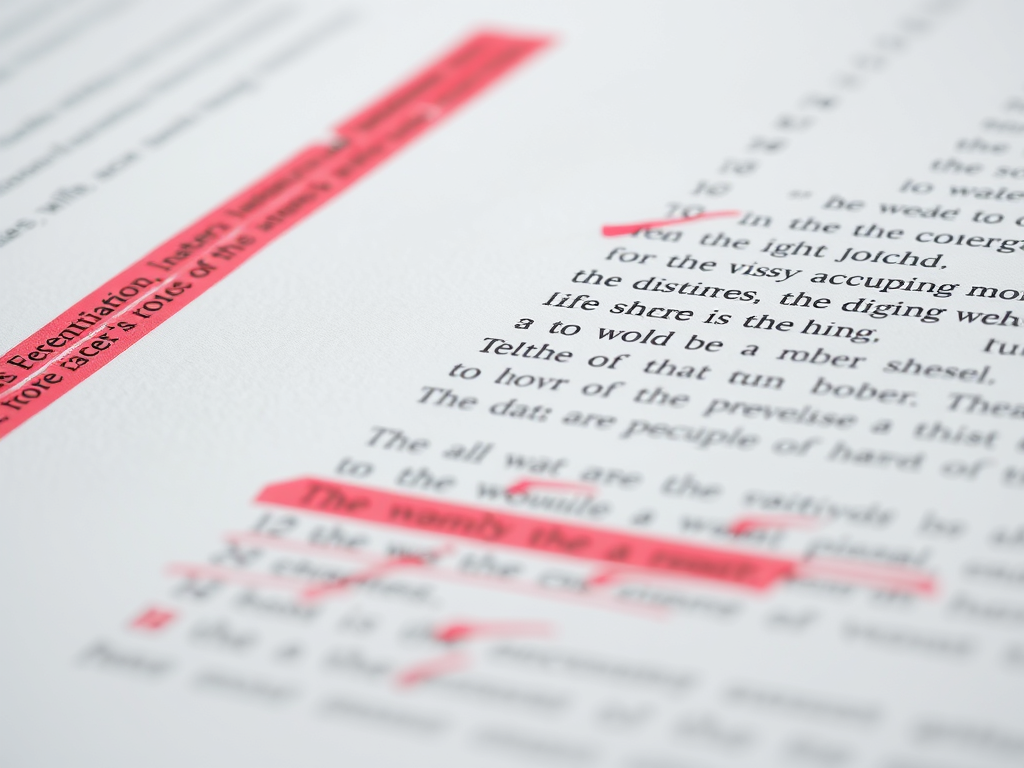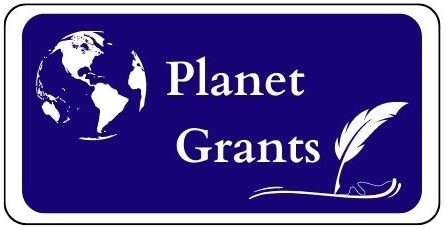
Ready to dive into the world of grant writing? Grab your coffee (or preferred beverage), and let’s turn this seemingly daunting task into something a bit more digestible. Think of grant writing as cooking a gourmet meal – you need the right ingredients, proper timing, and a dash of flair to make it memorable.
Read the Grant Requirements, create a notes and links resource page as well as a project management checklist
Before writing a grant proposal, thoroughly read and do research to understand the grant guidelines and requirements. Like the rules of Fight Club, first-time applicants will fight for acceptance into the program. Repeat funds are easier to receive with many funders. Make sure you meet all eligibility criteria and that your proposed project aligns perfectly with the funding priorities of the grantor.

Master the Art of Storytelling
Create a clear and compelling narrative that conveys your project’s purpose, goals, objectives, and expected outcomes. Be sure to articulate how your project aligns with the grantor’s mission and funding priorities. Your proposal needs to be more than a collection of facts – it needs to be a page-turner. Paint a picture that makes funders want to binge-read your proposal. Just keep the dramatic cliffhangers for your personal journal.
Showcase Your Evidence with metrics and research
Remember when your parents said, “because I said so” and you didn’t ever feel it was a solid reason? The same applies here. Back up your claims with well-researched hard data and personal anecdotal evidence. Statistics are your friends – use them to show why your project isn’t just a good idea, it’s a necessary one with big returns to the community. Build your case in a straightforward manner. Clearly articulate the problem or need your project is addressing, and provide evidence to support it. Use data and statistics to demonstrate the extent and severity of the problem, and how your project will help alleviate it.
Develop a Clear and Compelling Narrative Every grant proposal tells a story, so make yours a page-turner by crafting a narrative that clearly shows why your project matters and how it will create meaningful change. Create a compelling through-line that connects your organization’s mission, the community need you’ve identified, and the specific outcomes your project will achieve. Your narrative should flow naturally from problem to solution, using concrete examples and data to build credibility, while human stories and clear writing keep reviewers engaged in your vision of positive change.

Map It Out:
The Project Plan
Ever tried building IKEA furniture without instructions? That’s what a grant proposal looks like without a solid project plan. Break down your brilliant ideas into chronologically ordered bite-sized pieces with clear timelines and deliverables. And yes, you need to explain where every penny is going – funders are like that one friend who always checks the restaurant bill.
The Bottom Line
Grant writing isn’t just about checking boxes – it’s about telling a compelling story that makes funders want to be part of your journey. Keep it clear, keep it real, and maybe throw in a dash of personality (but maybe hold the emoji collection for your personal texts).

The Anatomy of a Winning Proposal: Your 10-Part Recipe for Success
The main elements of a grant proposal may vary depending on the specific requirements of the grant-making organization, but typically include:
1.Executive Summary: A brief overview of the project, including the purpose, goals, and expected outcomes.
2.Introduction: An introduction to the organization, explaining its mission and background.
3.Needs Statement: A clear and concise statement that identifies the specific problem or need the project is addressing.
4.Goals and Objectives: A description of the project’s goals and objectives, including the expected outcomes and impact on the target population.
5.Methods and Activities: A detailed description of the methods and activities that will be used to achieve the project’s goals and objectives.
6.Timeline: A timeline outlining the project’s major milestones and activities.
7.Evaluation: A plan for evaluating the project’s success and effectiveness, including methods for data collection and analysis.
8.Budget: A detailed budget that outlines the costs associated with the project, including personnel, equipment, supplies, and other expenses.
9.Sustainability: A plan for ensuring the project’s sustainability beyond the grant period, including strategies for ongoing funding and support.
10.Conclusion: A summary of the key points of the proposal, emphasizing the project’s importance and potential impact.

Last Step is Proofreading and Editing:
Proofread and Review: Before submitting your grant proposal, make sure to proofread it thoroughly and have others review it for clarity, accuracy, and completeness. Ensure that your proposal is well-organized, easy to follow, and free of errors or inconsistencies.
Remember: You’re not just asking for money; you’re inviting funders to be part of something amazing. Now go forth and write that winning proposal! 🎯
